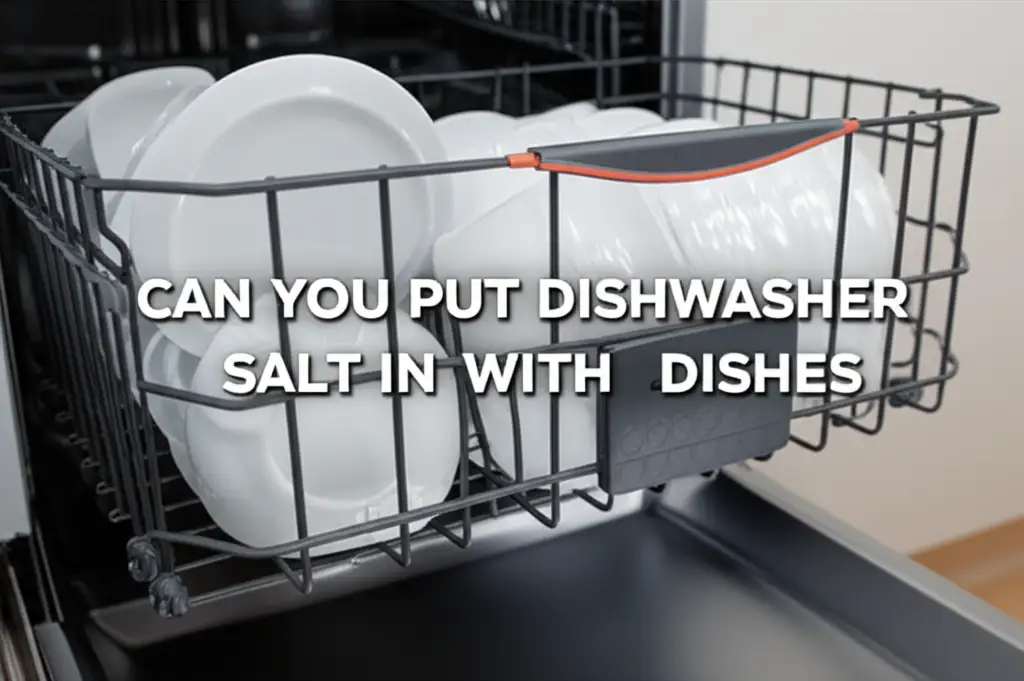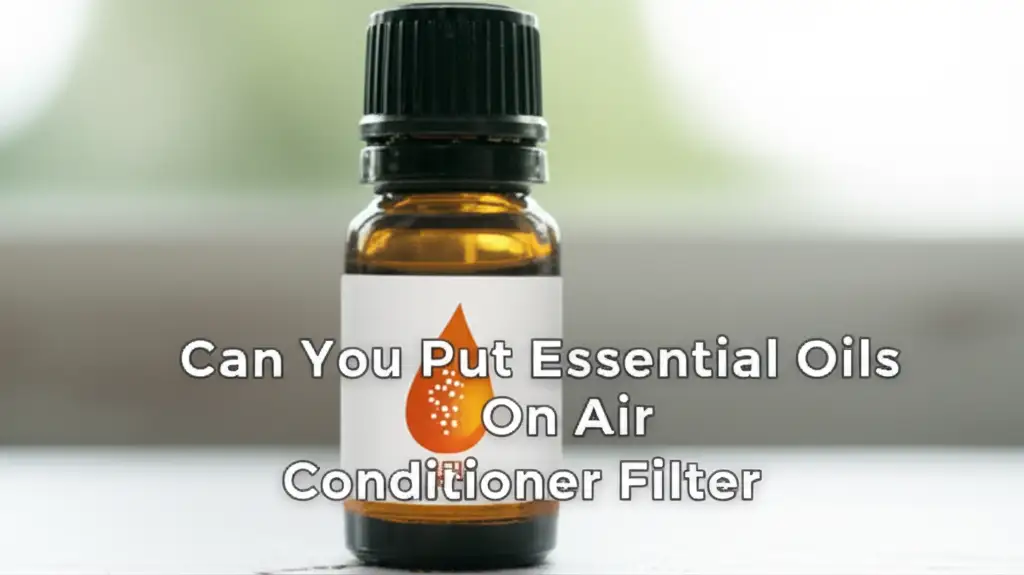· Todd Martin · RV Maintenance & Renovation · 12 min read
How To Paint Laminate Camper Cabinets

Transform Your Camper: How to Paint Laminate Cabinets
Have you ever looked at your camper’s interior and wished for a fresh, updated look? My first thought when I bought my RV was exactly that. Old, dated laminate cabinets can really make a space feel dark and worn. Luckily, you can easily paint laminate camper cabinets to give your mobile home a completely new vibe.
Painting these surfaces is a smart, budget-friendly way to refresh your RV interior. It saves you the cost and effort of full cabinet replacement. This guide will walk you through every step. We will cover preparing the surface, selecting the right materials, and applying paint for a durable finish. Get ready to transform your camper into a stylish, personalized retreat.
Takeaway:
- Thorough cleaning and proper degreasing are essential before painting laminate.
- Use a high-quality bonding primer for excellent paint adhesion.
- Choose durable, appropriate paint types like acrylic-latex or enamel for camper use.
- Apply thin, even coats of paint for a smooth finish and prevent drips.
- Allow proper drying and curing time for a long-lasting, resilient surface.
Painting laminate camper cabinets requires careful preparation and the right materials for lasting results. First, thoroughly clean and degrease all surfaces. Then, apply a high-adhesion primer designed for slick finishes. Finally, use durable paint formulated for cabinets or high-traffic areas, applying multiple thin coats. This method ensures good adhesion and a beautiful, durable finish that resists chipping.
Understanding Laminate Surfaces for Painting
Laminate cabinets are popular in campers because they are lightweight and easy to clean. However, their smooth, non-porous surface presents a unique challenge for painting. The outer layer is typically a decorative paper or plastic film. It is bonded to a core material like particleboard or MDF. Paint does not easily stick to this slick surface without proper preparation.
You cannot just grab any can of paint and start. The laminate’s smoothness means paint will likely chip or peel quickly if you skip steps. This is especially true in a moving vehicle like a camper. Vibration and temperature changes demand a strong, flexible finish. We need to create a surface that paint can grab onto.
Before any color goes on, you must disrupt that slick finish. This disruption allows primers and paints to bond mechanically and chemically. Think of it like preparing a smooth piece of glass. You cannot just paint it directly. You need to etch it or add a special coating first.
Essential Preparation Steps for Painting Camper Cabinets
Proper preparation is the most critical step when you want to paint laminate camper cabinets. Skipping this part means your hard work will not last. I always tell people that 80% of a successful paint job is the prep work. This process ensures the paint adheres strongly and stays on for years.
First, remove all cabinet doors and drawer fronts. Label them clearly so you know where each piece belongs later. Take off all hardware like hinges, handles, and pulls. Put them in a bag to keep them safe. This makes painting much easier and cleaner.
Next, you need to thoroughly clean every surface. Laminate cabinets can collect grease, grime, and general dirt over time, especially in a camper kitchen. Use a strong degreaser to remove all oils and residue. I typically mix warm water with a good quality degreaser and wipe down every inch. For details on how to clean various cabinet types, you might find this guide helpful: how to clean cabinets before painting. After degreasing, wipe everything down with clean water to remove any cleaner residue. Let the surfaces dry completely before moving on.
Now comes the crucial step: light sanding. You are not trying to remove the laminate. Your goal is to scuff the surface just enough to create “tooth.” This gives the primer something to grip. Use a fine-grit sandpaper, like 220-grit. Lightly sand all surfaces you plan to paint. Pay attention to corners and edges. After sanding, wipe away all dust with a tack cloth or a damp cloth followed by a dry one. Ensure no dust remains before priming. This pre-sanding creates a bond for the primer.
Choosing the Right Primer and Paint for Durability
Selecting the correct primer and paint is vital for a lasting finish on your camper’s laminate cabinets. These surfaces are slick, so standard primers and paints will not stick well. You need products specifically designed for challenging surfaces. Using the wrong products leads to peeling and chipping. I learned this the hard way on a previous project.
For priming, you must use a high-adhesion bonding primer. These primers are formulated to stick to slick surfaces like laminate, plastic, and metal. They create a strong foundation for your paint coat. Brands like Zinsser B-I-N Shellac-Based Primer or Kilz Adhesion are excellent choices. They dry quickly and provide superior grip. Some people also find success with specialty primers for laminate or fake wood cabinets. A good primer prevents the paint from peeling down the line.
When it comes to paint, choose a durable, high-quality product. Look for paints labeled as enamel, acrylic-latex, or cabinet and trim paint. These types offer excellent hardness and resistance to chipping, which is important in a camper. Semi-gloss or satin finishes are typically best for cabinets. They are easy to clean and hide imperfections better than high-gloss. Avoid flat or matte paints, as they are harder to wipe clean.
Consider the environment inside your camper. It experiences temperature changes and vibrations. So, your paint needs to be flexible and tough. Oil-based enamels offer great durability but have longer drying times and strong fumes. Water-based acrylic-latex paints are easier to clean up and dry faster. They also have lower VOCs. Many modern acrylic-latex cabinet paints are incredibly durable and a good choice for RVs. Always read the product labels carefully. Ensure they are suitable for laminate surfaces and interior use.
Application Techniques: Priming and Painting for Success
Applying primer and paint correctly ensures a smooth, professional-looking finish. Rushing this stage can lead to brush marks, uneven coverage, or poor adhesion. I always take my time with these steps. It really makes a difference in the final look of the cabinet.
First, apply your chosen bonding primer. Use a high-quality synthetic brush for cutting in corners and details. Then, use a small foam roller for flat surfaces. This combination minimizes brush strokes and gives a smoother finish. Apply a thin, even coat of primer. Do not overload your brush or roller. One thin coat is usually enough for a bonding primer. Let the primer dry completely according to the manufacturer’s instructions. This might take a few hours. Once dry, lightly sand the primed surface with 220-grit sandpaper if needed. This removes any small imperfections and creates an even smoother base. Wipe off all dust before painting.
Next, it’s time for the paint. Stir your paint thoroughly before you start. Pour a small amount into a paint tray. Begin by using your brush to paint any recessed areas or corners. Then, immediately follow with your foam roller on the flat surfaces. Roll in one direction for consistent coverage. Apply thin coats, rather than one thick one. This prevents drips and ensures better adhesion. Two to three thin coats are usually better than one thick coat.
Allow each coat of paint to dry completely before applying the next. This is crucial for proper curing and adhesion. Rushing this step can lead to peeling or bubbling. Check the paint can for recommended drying times between coats. Lightly sand between coats with 320-grit sandpaper for an even smoother finish, if desired. Always wipe away sanding dust. You might consider using a paint sprayer for an even smoother, factory-like finish if you have access to one and are comfortable using it. For tips on using a sprayer on laminate, check out how to spray paint laminate furniture.
Finishing Touches and Long-Term Care
Once your paint is dry, you are almost done. The final steps ensure durability and bring your refreshed cabinets to life. This is where your hard work truly shines. I love seeing the transformation in my own camper.
After your final coat of paint has dried for at least 24 hours, you might consider adding a topcoat. A clear topcoat or protective sealer adds an extra layer of durability. It protects against scratches, scuffs, and moisture. Look for water-based polyurethane or acrylic topcoats designed for cabinets. Apply two thin coats with a foam roller. Allow ample drying time between coats and for the final coat to cure. This is especially important in a camper, where cabinets see a lot of use.
Now, it is time to reattach your hardware. Carefully screw the hinges, handles, and pulls back onto the cabinet doors and drawer fronts. Be gentle. Avoid overtightening screws, as this can damage the new paint finish. Rehang all doors and reinsert drawers. Step back and admire your newly transformed camper interior!
Long-term care is key to keeping your painted laminate cabinets looking great. Avoid harsh chemical cleaners. They can damage the paint finish over time. Instead, use mild soap and water for cleaning. Wipe spills immediately. Protect surfaces from excessive heat or sharp objects. Remember that the paint will continue to harden or “cure” over several weeks. Be extra gentle during this curing period. Full cure times can range from a few days to a month, depending on the paint and humidity. Waiting for the full cure ensures maximum durability. If you ever encounter issues like paint peeling, this guide on how to fix paint peeling off cabinets might be helpful.
Common Pitfalls and Troubleshooting
Even with careful planning, things can sometimes go wrong when painting. Knowing common issues and how to fix them can save you frustration. I have certainly faced my share of surprises in DIY projects.
One common problem is poor adhesion. This means the paint is not sticking to the laminate. It might be bubbling or peeling. This almost always happens due to inadequate surface preparation. You might not have cleaned thoroughly enough. Or, perhaps you skipped sanding or used the wrong type of primer. To fix this, you will need to sand off the peeling paint. Then, re-clean the area. Apply a proper bonding primer. Then, repaint. Make sure you follow all prep steps carefully this time.
Another issue is visible brush strokes or roller marks. This occurs when you apply paint too thickly or do not use the right tools. It can also happen if you do not allow enough drying time between coats. To fix this, lightly sand the affected areas with fine-grit sandpaper. Then, apply thinner coats of paint with a high-quality foam roller. Use a gentle touch. Ensure each coat is fully dry before applying the next. If you are struggling with brush marks, you can explore techniques for how to paint kitchen cabinets without brush marks.
Drips and sags are also common. These appear when too much paint is applied in one spot. Or, if paint is applied too quickly. The paint pools and runs down the surface. To fix drips, let the paint dry completely. Then, gently sand the drip smooth. You might need to reapply a thin coat over the sanded area. Always apply multiple thin coats rather than one thick one to avoid this. Also, ensure your work area has good ventilation.
Finally, uneven coverage can occur. This means some spots look lighter or darker than others. This typically happens if you do not apply enough coats or your coats are inconsistent. Ensure you are applying even pressure with your roller. Also, make sure you cover the entire surface with each coat. Adding an extra thin coat usually fixes this problem. Patience and attention to detail are your best allies in painting.
FAQ Section
How long does painted laminate last in a camper?
Painted laminate cabinets can last many years with proper preparation and quality materials. The key is using a good bonding primer and durable paint. Expect five to ten years of good wear. Regular cleaning with mild soap also helps prolong their lifespan.
Do I need to sand laminate cabinets before painting?
Yes, a light sanding is crucial. You do not need to remove the laminate layer. Instead, use fine-grit sandpaper (like 220-grit) to scuff the surface. This creates a “tooth” for the primer to grip onto. Skipping this step often leads to paint peeling.
What is the best type of paint for camper cabinets?
For camper cabinets, use a high-quality acrylic-latex or enamel paint. Look for products specifically designed for cabinets, trim, or high-traffic areas. These paints offer excellent durability and chip resistance. A semi-gloss or satin finish is usually best for ease of cleaning.
Can I paint laminate cabinets without using a primer?
No, it is highly recommended to use a bonding primer. Laminate surfaces are slick and non-porous. Without a specialized primer, paint will struggle to adhere properly. This will result in poor durability and quick chipping or peeling. Primer provides the necessary adhesion.
How much does it cost to paint camper cabinets?
The cost varies based on cabinet size and paint choices. Expect to spend $100-$300 for materials. This includes degreaser, sandpaper, primer, paint, brushes, and rollers. It is much more affordable than replacing the cabinets entirely. DIY saves labor costs.
How long does it take for painted cabinets to fully cure?
While paint may feel dry to the touch in hours, it typically takes several weeks to fully cure and harden. This curing process depends on paint type, humidity, and temperature. Be gentle with your newly painted cabinets during this time. Full hardness can take 3-4 weeks.
Conclusion
Painting laminate camper cabinets is a fantastic way to refresh your RV’s interior without breaking the bank. I have done it myself, and the results are truly transformative. The process involves careful preparation, the right materials, and patient application. You begin by thoroughly cleaning and lightly sanding every surface. Then you apply a specialized bonding primer. This foundation ensures your chosen durable paint adheres strongly.
Remember, success lies in the details. Use thin, even coats of paint, allowing ample drying time between each. With proper care, your newly painted laminate camper cabinets will look beautiful and withstand the rigors of RV life for years to come. Do not shy away from this DIY project. You will love the fresh, updated feel it brings to your home on wheels. Get your supplies ready and embark on your camper cabinet painting adventure today!




